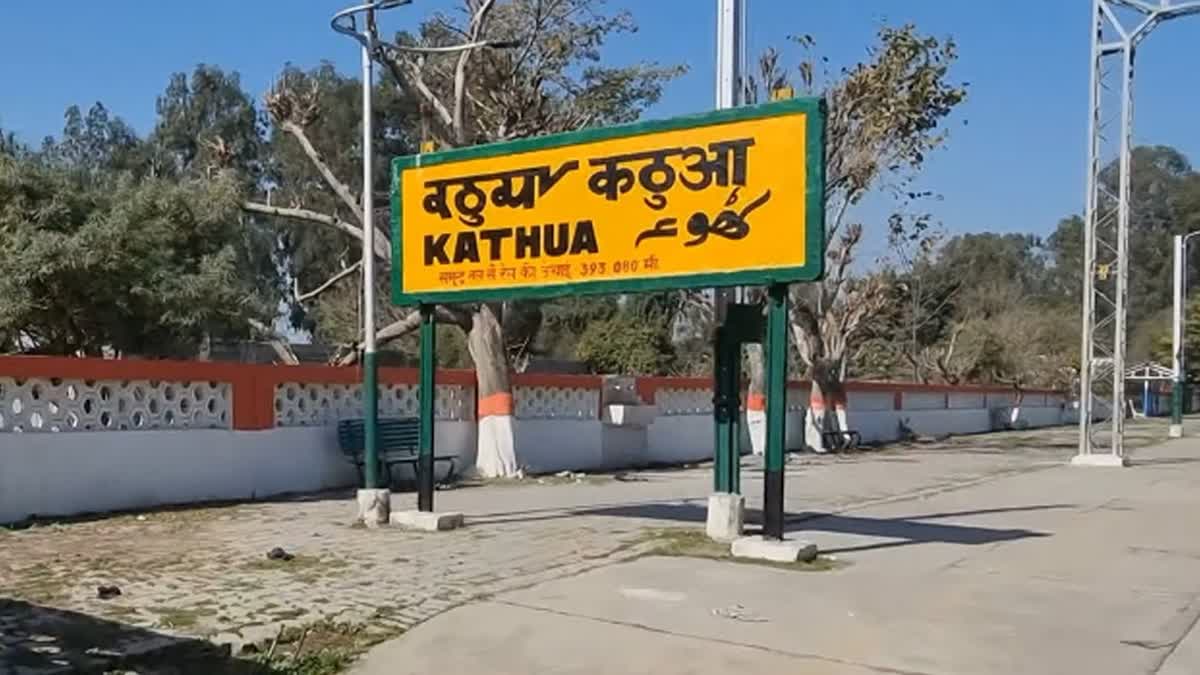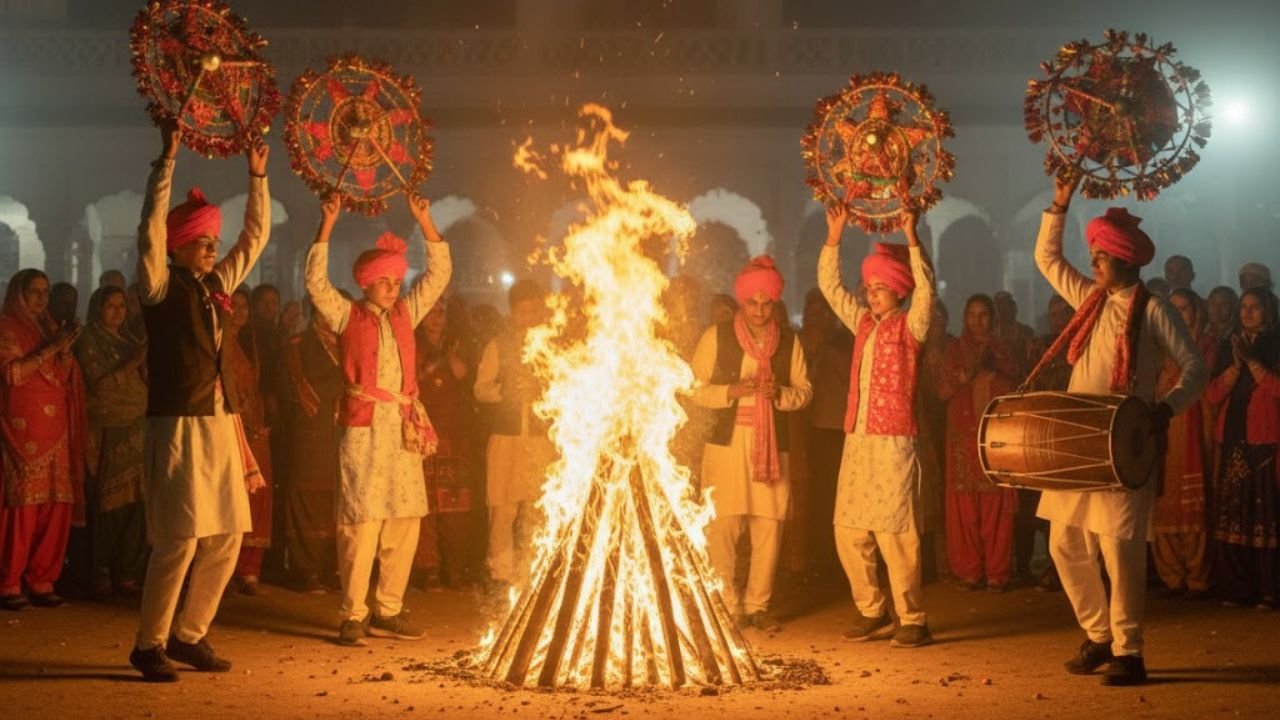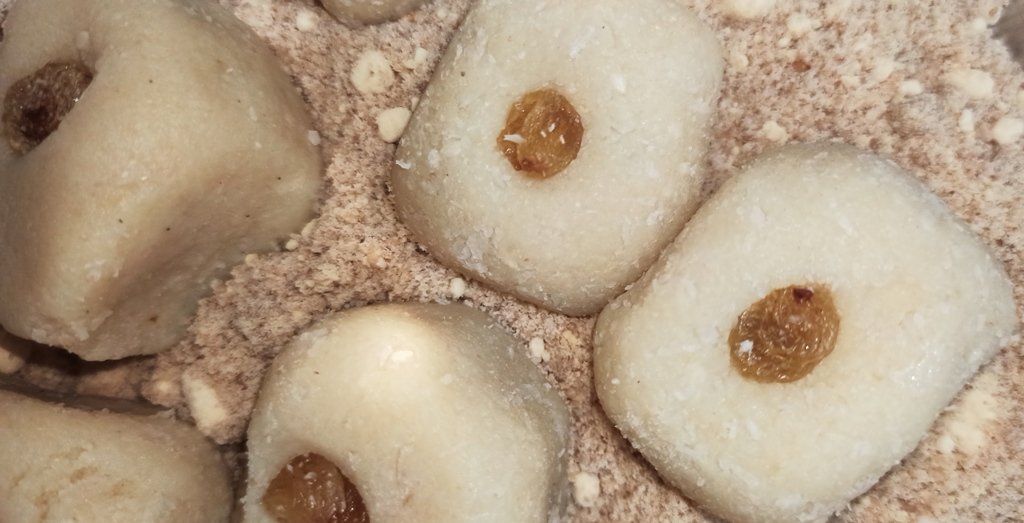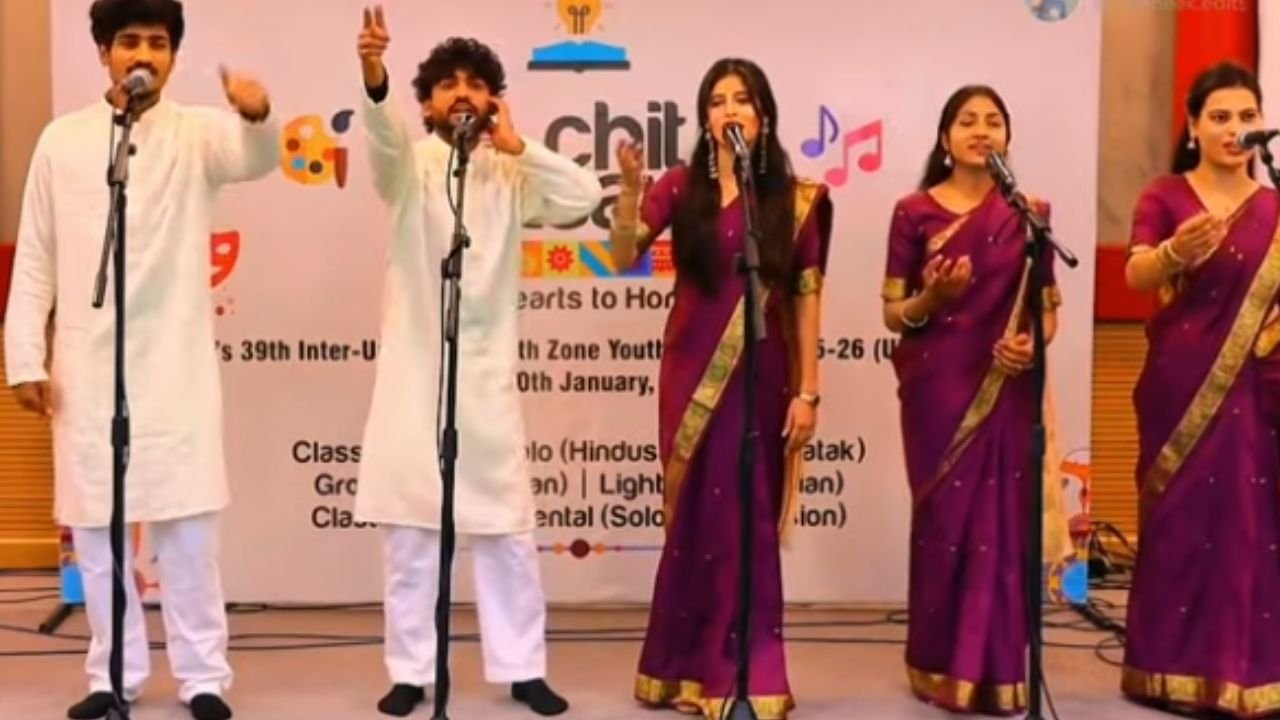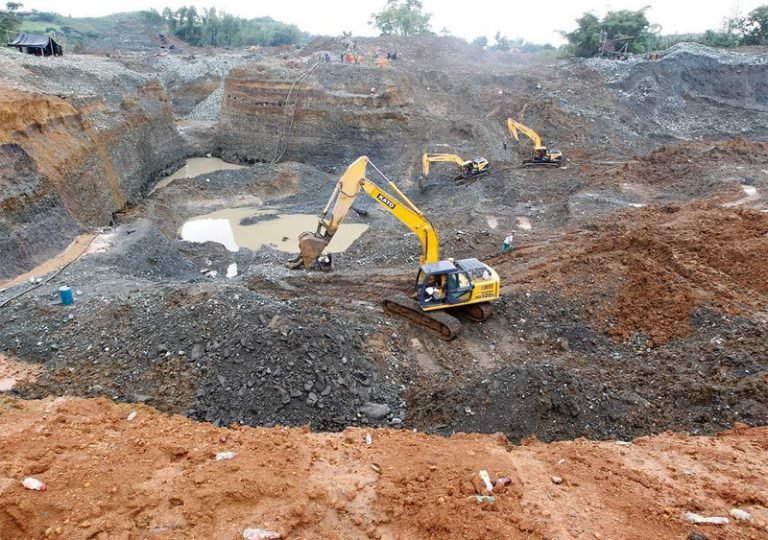Scripts are fascinating, as they are systems of written symbols representing spoken language sounds. When we came across an account on Quora describing the relationship between Gurmukhi, Takri, Lande, and Dogra Akkhar, we knew we had to share it with you.
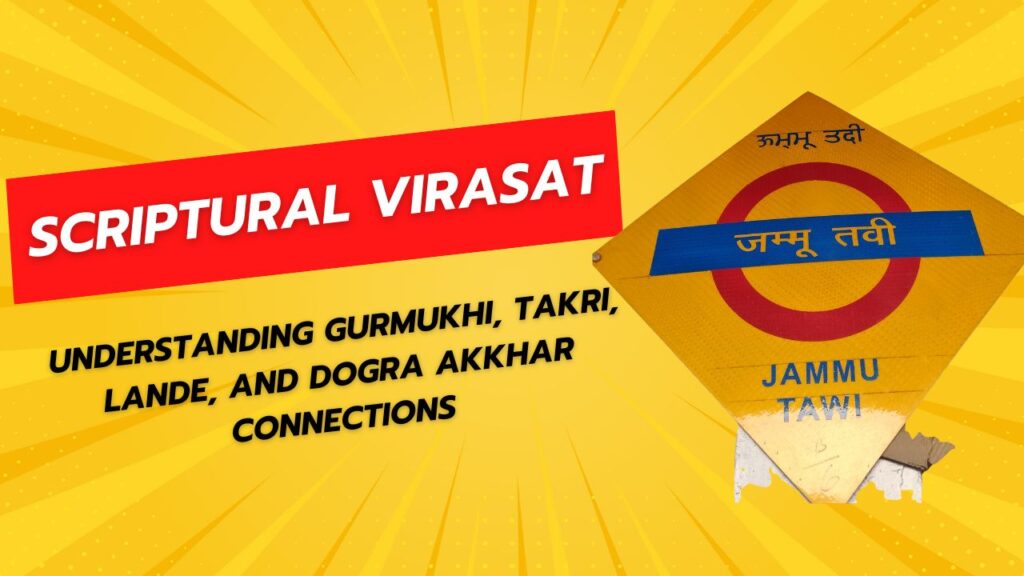
Here is what Kanwalpal Singh Flora writes about the relationship between Gurmukhi, Takri, Lande, and Dogra Akkhar on Quora:
First we have to start with the Sharada script, which is the mother of all these scripts.
The Śāradā, Sarada or Sharada script is an abugida writing system of the Brahmic Family of scripts. The script was in use between the 8th and 12th centuries in the northwestern parts of India (in Kashmir and neighbouring areas), for writing Sanskrit and Kashmiri.
The Gurmukhi was developed from Śāradā. Originally more widespread, its use became later restricted to Kashmir, and it is now rarely used except by the Kashmiri Pandit community for ceremonial purposes.
It is a native script of Kashmir and is named after Śāradā,another name for Saraswati, the goddess of learning.
Next comes the child script system called , Laṇḍā scripts
The Laṇḍā scripts (also Lahnda, Landa), meaning “without a tail”, is a Punjabi word used to refer to a writing system used in Panjab and nearby parts of North India.
There are at least ten ancient scripts that classify as Laṇḍā scripts. They tended to be used as the mercantile scripts of the Punjab Region.
Laṇḍā is a script that evolved from the Sharada Script during the 10th century. It was widely used in the northern and north-western part of India in the area comprising Punjab, Sindh, Kashmir and some parts of Baluchistan and NWFP. It was used to write Punjabi, Hindi, Sindhi, Saraiki, Balochi, Kashmiri, Pashto, and various Punjabi dialects like Pothohari.
Read about : The Dogra trumpet – KAEL
In later centuries, the Gurmukhi Alphabet evolved from Landa. Khojki, an ecclesiastical script of the Ismaili Khoja community, is within the Sindhi branch of the Landa family of scripts.
Mahajani, a script previously used for the Punjabi and Marwari languages, is related to Laṇḍā. The Khudabadi Script, formerly used for Sindhi, is a Laṇḍā-based script.
About Khojki Script
Khojki, or Khojiki (Urdu: خوجكى; Sindhi: خوجڪي (Arabic Script)खोजकी (Devanagiri), is a script almost exclusively formerly used by the Khoja community of parts of South Asia such as Sindh. The name “Khojki” is derived from the Persian word khoje, which means “master”, or “lord”. It was employed primarily to record Isma’ili, religious literature as well as literature for a few secret Twelver sects. It is one of the two Landa Scripts used for liturgy, the other being the Gurmukhi Alphabet, which is associated with Sikhism.
All about Mahajani Script
Mahajani is a Laṇḍā mercantile script that was historically used in northern India for writing accounts and financial records in Marwari, Hindi and Punjabi.
It is a Brahmic script and is written left-to-right. Mahajani refers to the Hindi word for ‘bankers’, also known as ‘sarrafi’ or ‘kothival’ (merchant).
Mahajani has been used as a primary accounting script for Marwari traders and for the use of Hindi and Punjabi in a wide region across northwest India and eastern Pakistan. It was taught in merchant schools as part of the education system. A vast majority of documents in which it is found are financial documents, in addition to primers. Its use has been reported by bookkeepers in Haryana as the Langdi script, although its relationship with Langdi is uncertain. Mahajani descended from Landa scripts in the greater Punjab region in historic times and was well known as a merchant’s script throughout north India.
All about Gurmukhi Script
The Gurmukhi script has roots in the Brahmi script like most Indian, Tibetan, and Southeast Asian languages.
In a cursory look, the Gurmukhi script appears different from other Indic scripts such as Bengali, Oriya, Tibetan or Devanagari, but a closer examination reveals they are similar except for angles and structural emphasis.
Read also: Things to know about Safa or Turban : The Pride Of Dogra
Notable features:
- It is an abugida in which all consonants have an inherent vowel. Diacritics, which can appear above, below, before or after the consonant they belong to, are used to change the inherent vowel.
- When they appear at the beginning of a syllable, vowels are written as independent letters.
- When certain consonants occur together, special conjunct symbols are used which combine the essential parts of each letter.
- Punjabi is a tonal language with three tones. These are indicated in writing using the voiced aspirated consonants (gh, dh, bh, etc.) and the intervocalic h.
All about Takri Script
The Takri script (Devanagari: टाकरी; sometimes called Tankri) is an abugida writing system of the Brahmic family of scripts. It is closely related to, and derived from, the Sharada script formerly employed for Kashmiri. It is also related to the Gurmukhī script used to write Punjabi. Until the late 1940s, an adapted version of the script (called Dogri, Dogra or Dogra Akkhar) was the official script for writing Dogri in the state of Jammu and Kashmir, and for Kangri, Chambeali and Mandeali in Himachal Pradesh. There is also some record of the script’s use in the history of Nepali (Khas-kura). Dogri was originally written using the Dogri script which is very close to the Takri Script. The language is now more commonly written in Devanagri in India. Along with Dogri, Pahari is another language that is sometimes spoken here. Both these languages are known for the sweetness of their tone.
Takri itself has historically been used to write a number of Dardic and Western and Central Pahari languages in the Western Himalaya, such as Gaddi or Gaddki (the language of the Gaddi ethnic group), Kashtwari (the dialect centered on the Kashtwar or Kishtwar region of Jammu and Kashmir) and Chamiyali (the language of the Chamba region of Himachal Pradesh). Takri used to be most prevalent script for business records and communication in various parts of Himachal Pradesh including the regions of Chintpurni, Una, Kangra, Bilaspur and Hamirpur. The aged businessmen can still be found using Takri in these areas, but the younger generation have now shifted to Devanagari and even English (Roman). This change can be traced to the early days of Indian independence (1950s−80s).
The interconnected histories of Gurmukhi, Takri, Lande, and Dogra Akkhar reveal a rich scriptural heritage that reflects the cultural and linguistic diversity of the region. Understanding these connections not only preserves our past but also enriches our appreciation of its legacy.




